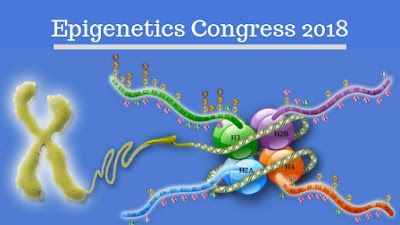Histone Modification Landscape Pristine
Recycling represents one in every of the
foremost necessary ways to keep the earth clean and green for generations to
come back. Used paper, metal, and plastic and alternative different detritus
typically encounter the second use, however, will we have a tendency to
recycle the histone proteins that facilitate to package our DNA and
maintain cell-type-specific transcriptional programs? A lean, clean, and green
team led by Anja Groth (University of Copenhagen, Denmark) couldn´t let
such a tantalizing question goes to “waste”, and then they developed a brand
new genome-wide technique
(ChOR-seq) to investigate chromatin occupancy after DNA replication
by next-generation sequencing. ChOR-seq tracks usage of “old” histones and
directly measures the replication-dependent displacement of pre-existing
histone modifications by using a combination of pulse labeling of
replicating DNA with a nucleotide analog and also the data that
recently synthesized histones lack tri-methylation modifications at the time of
deposition. Using this newly developed approach, the team currently
demonstrates that our cells will indeed recycle their histone proteins throughout DNA replication
to keep their histone modification landscapes during a pristine condition for
generations to come! Moreover, this eco-friendly study additionally suggests
that the incorporation and modification of recent histone proteins might induce epigenome fluctuations
across the cell cycle that underlies cellular heterogeneity.




Comments
Post a Comment